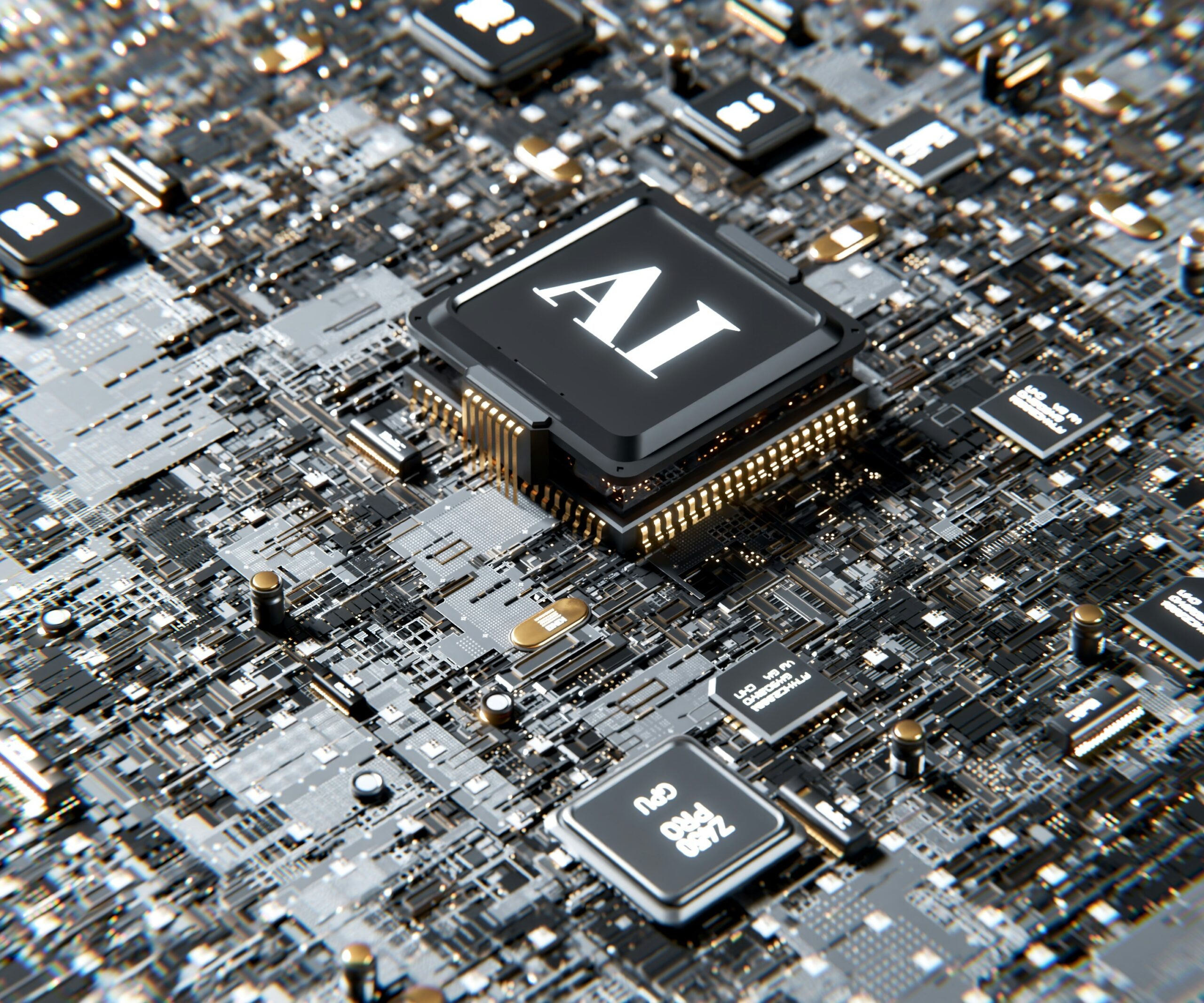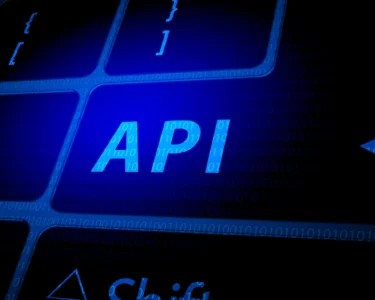Generative AI has been everywhere—lighting up headlines, reshaping how we work, and redefining what creativity even looks like in a digital world.
But now, in 2025, something feels different.
The buzz hasn’t disappeared just yet, but it’s definitely changed. It’s no longer about racing to the next big thing i’s about pausing to ask better questions—not just what AI can do, but what it should do.
What we’re seeing now is a shift happening behind the scenes.
In boardrooms, research labs, and government circles, people are reassessing.
The speed of AI’s evolution has outpaced the systems meant to keep it in check—ethical, environmental, and social. It’s not so much a backlash as a recalibration. Businesses that once rushed to plug in every new tool are taking a step back, looking closely at what this technology actually costs, and what it means to bake it into the core of how we work and live.
One of the biggest concerns? Sustainability.
Training massive AI models isn’t just expensive—it’s energy-intensive, with a real impact on the planet. And now that AI is moving from the lab into the mainstream, that footprint is harder to ignore.
Some companies, especially those with public sustainability goals, are being pushed to prove that their tech stacks aren’t at odds with their climate commitments. That means rethinking infrastructure, asking vendors for transparency, and opting for more efficient solutions over flashy, all-purpose models.
Then there’s the issue of who this technology is built for—and who gets left out.
The first wave of generative AI revealed serious blind spots, especially around bias and representation. Systems trained on narrow or skewed datasets mirrored those limitations in real-world applications. In fields like hiring, healthcare, or customer support, that can do real harm.
Today, ignoring those gaps isn’t just shortsighted—it’s seen as irresponsible. More and more companies are realizing that building inclusive tools means rethinking the teams building them, the data feeding them, and the voices shaping the roadmap. Diversity in AI isn’t just a good look; it’s essential design.
Ethics, too, has moved to the front of the conversation.
As AI-generated content continues to flood social media and search engines, questions of authorship, accuracy, and accountability have never felt more urgent.
Deepfakes, synthetic voices, auto-written news—it’s all gotten very real, very fast. Businesses are beginning to realize that if they don’t draw the line, someone else (regulators, courts, the public) will. That’s why some firms are creating internal AI ethics boards, building transparency into their systems, and shifting from “move fast” to “move thoughtfully.”
Still, this slowdown doesn’t mean progress is stalling. If anything, it’s maturing.
The chaos of the early days is being replaced by more thoughtful integration. We’re seeing AI move from the stage to the scaffolding—from being the headline feature to becoming a quiet but powerful layer behind the scenes.
In creative industries, it’s helping professionals get through the repetitive stuff faster, so they can focus on what really matters. In customer experience, it’s adding a personalized touch that feels intuitive, not robotic.
The same thing is happening in product development. Instead of trying to rebuild everything from scratch with AI, teams are using it to refine the edges—smoother onboarding, smarter search, fewer dead ends. These subtle shifts don’t scream innovation, but they feel better.
That’s what makes this year so important.
It’s the moment when we stop asking, “What can AI replace?” and start asking, “What can it improve?”
The winners of this chapter won’t be the ones who rushed to launch the loudest tools—they’ll be the ones who used AI with intention, who chose clarity over complexity, who invested in trust rather than trend.
Transitional years rarely get the credit they deserve.
They’re not flashy.
They don’t come with dramatic headlines.
But they’re the years when things get real—when ideals are tested, foundations are laid, and the future quietly starts to take shape.
For generative AI, 2025 is one of those years. A moment to reflect, to rebuild, and to decide what kind of relationship we actually want to have with the technology we’ve so quickly let into every part of our lives.
In a culture obsessed with acceleration, choosing to slow down and asking “why” before “how” isn’t just responsible. It’s revolutionary.





